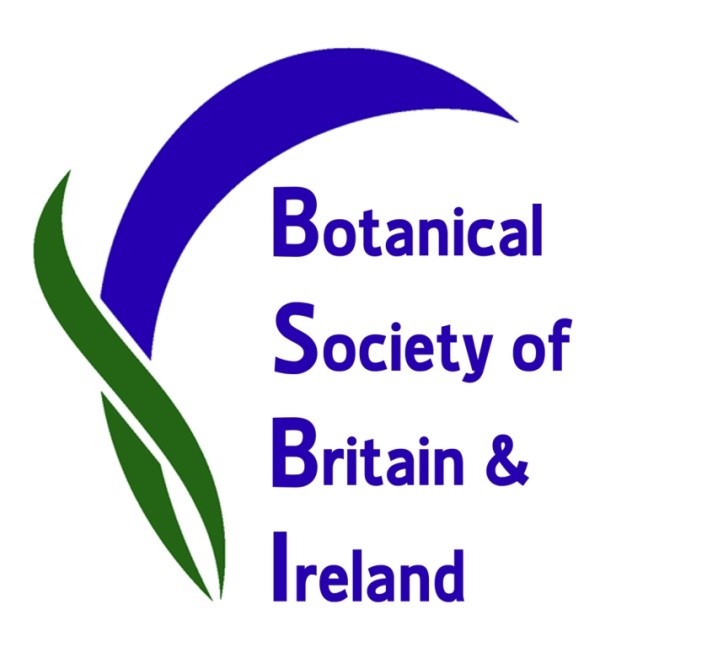Dumfriesshire Botany Group at Mitchellslacks, 9th August 2020
On a fine sunny day following government guidelines five of us met from 4 households, with no car sharing allowed between households.
We parked at a layby in the forest along the single track road that runs past Mitchellslacks farm. This is a picturesque road that goes over open moorland and eventually takes you down to Thornhill. We had about a kilometre to walk to reach the farm and the bridge that gets you over the Capel Water. The bridge had been recently replaced, no doubt at some expense. Mitchellslacks features in the history of the Covenanters and so is quite a remote and an historic building. It is one of the start points for a climb up onto Queensberry itself but that was not our intention today.
After following the track through the farmyard you get access to the hills. In places these lower slopes of Queensberry are steep with crags and scree or with bog on flatter ground. On the slopes typical upland heath species like Heather, Bracken and acid grassland dominate. The tetrad we were recording in had only two previous records so had not attracted many botanists. We managed to visit 3 of the monads during the day. We followed the track that ran parallel with the Capel Water and had access to the heathy vegetation on the slopes above the river and the slightly richer vegetation beside the burn. We had to search for areas flushed with water to find any diversity and this was of common species like Scottish Bluebell Campanula rotundifolia, Yellow Pimpernel Lysimachia nemorum, Autumn Hawkbit Scorzoneroides autumnalis and Common Spotted-orchid Dactylorhiza fuchsii. The vegetated gravels beside the Capel water were a little richer and though they attract the sheep it was still possible to see the remains of the more colourful display from Wild Thyme Thymus drucei, Lady’s Bedstraw Galium verum, Burnet Saxifrage Pimpinella saxifraga and Meadowsweet Filipendula ulmaria. A less frequently seen sedge in wetter runnels in the gravel with pendulous flower spikes and broad leaves was Smooth-stalked Sedge Carex laevigata. This looks like the much more abundant Green-ribbed Sedge Carex binervis and we were able to compare the two. The water side was a nice spot for lunch.
After lunch we travelled a little further up the Capel Water to where the track ends. Beyond this the Water squeezes through rocks under The Law hill. The rocks here give some protection from graziers and it was good to find Goldenrod Solidago virgaurea, Fir Clubmoss Huperzia selago and Globeflower Trollius europaeus growing on them. This is the first record for Globeflower in NX99 and on Queensberry Hill.
From here we had to cut up slope to reach a higher track that continues up the hill to the wonderfully named Burleywhag which is presumably a ruin now. We were not going that far and cut around The Law hill on a small bog with Cranberry Vaccinium oxycoccos, Round-leaved Sundew Drosera rotundifolia and the two acid bog cottongrasses. The route back from here followed a track back to Mitchellslacks. However we wanted to check out crags on the other side of the Bran Burn so one of us cut across to these. They were not very rich but did have Parsley Fern Cryptogramma crispa hiding out in the scree. 147 taxa in total was not bad for a day in this kind of hill ground.
Chris Miles
BSBI county recorder for Dumfriesshire VC73 – see bsbi.org/dumfriesshire

